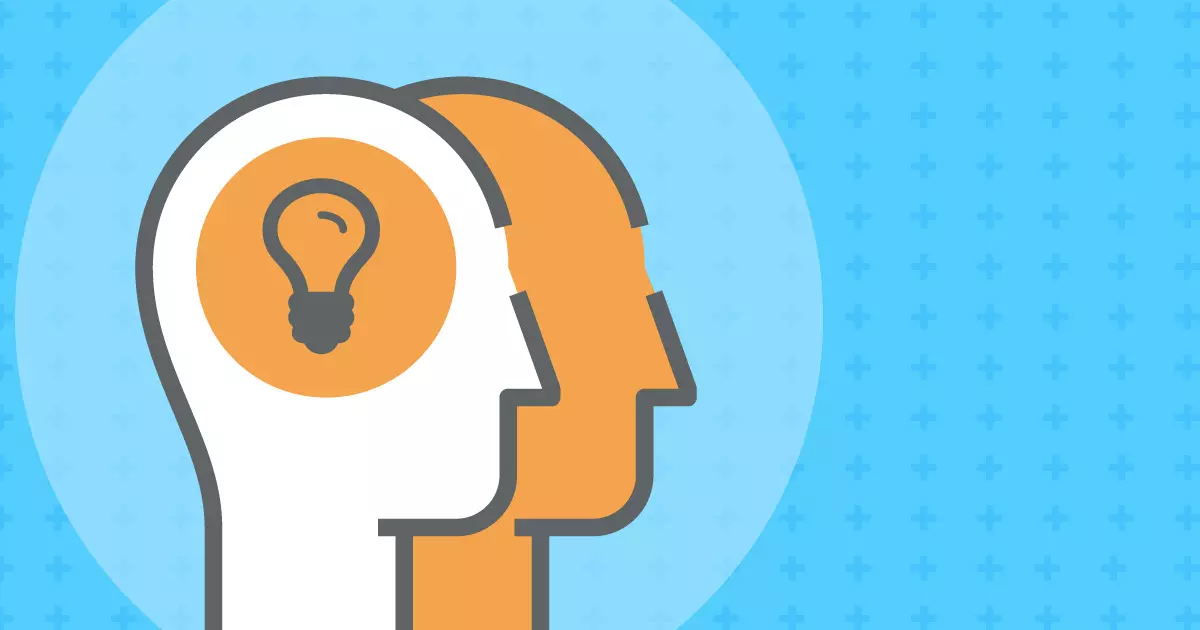Design Thinking: Prototyping and Testing (Part 3)

Your idea is great. But will it work? Efficiently test and refine your prototypes by thinking like a designer.
This is the final entry in a three-part series on Design Thinking—or how the problem-solving methods of designers can apply to any discipline. In the first post I talked about empathy, a vital component in the pursuit of effective solutions. The second one covered how to take the insights you’ve gathered and synthesize them into great ideas. But good ideas are only effective when well-executed, and they don’t reach their full potential in a vacuum.
You have to confidently usher your ideas into reality.
This is done not by fully finishing your one best idea and launching it with your fingers crossed. What seems like a great idea inside your ideation incubator might have issues that you haven’t yet considered. The best way to get a broader, objective perspective on your current proposed solution is to make it (mostly) real and put it through its paces.
1. Make it “real”.
“Real” is in quotes here because I’m not advocating a ready-to-launch product. You only need a prototype. Make a test model. If you’re interested in possible variations, make multiples. This might be a scaled version of a physical product, a quick 3D print, or a clickable wireframe. The important thing here is that you don’t have much invested in the fit and finish of the piece. You’re testing functionality over aesthetics. By not investing a lot of time, effort and material in nonessential details, you can afford to do this step multiple times. Why multiple? Because you’re going to test them.
2. Test and solicit feedback.
Remember that group we talked about in the first post? The one you’ve been empathizing with? Their shoes should be pretty comfortable right now because you’ve been standing in them for a while. You can give back the shoes now. Have some users test things for themselves. Give them a rundown of how you’re hoping to solve their problem, and show them what you’ve got. Have them use the product and tell you how it’s going for them. It might be great. Or they might point out a critical flaw. Or three. Or seven. No matter the outcome, an ounce of feedback at this stage is worth a pound of revisions down the road. Your next prototype will be all the better for it because you’ll have a fresh set of problems to solve and tweaks to make.
3. Keep at it.
I like to think of the prototype and testing phases less as stops along a linear route and more like stops on a roundabout. You can loop back and forth between the two for a while before you move on and narrow your solutions to a finely tuned result. With every pass, the problems and flaws in your product or system should get smaller and smaller. And you don’t have to do one thing at a time—if your idea allows, try multiple versions simultaneously, taking in feedback on each and comparing the results. Each set of responses should result in more detailed adjustments until you have the simplest and most effective solution possible. This requires patience and tenacity, but any successful entrepreneur will tell you that these qualities are necessary for sustained results.
Ultimately, it takes a lot of time to build something truly good. By using the tenets of design thinking, you can remove redundancy, focus on each step, and rally your tasks toward a solution that is better than you could’ve imagined at the start.
Godfrey Team
Godfrey helps complex B2B industries tell their stories in ways that delight their customers.




